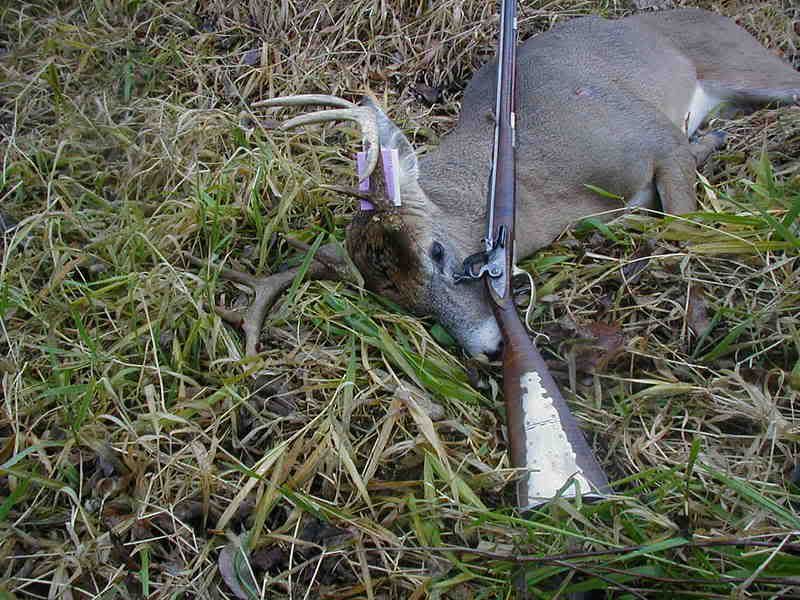Adding five grains of powder to a charge in a 50 cal. rifle really depends on how much powder you have in the gun already, and how long the barrel is to determine how much more velocity you may get. You reach a point where the amount of velocity gained does not justify the additional powder simply because it may only be adding to recoil, and is burning outside the muzzle, or falling to the ground unburned. The RB has only so much weight, or mass, and you can't add anything to it, to delay barrel time, or increase chamber pressures. BP is a progressive burning powder, which means it continues to burn as it moves down the barrel. It doesn't detonate like smokeless powder so that the peak pressure is contained in the chamber, and cartridge casing of the gun. One of the reason you see half round, half octagon barrels is because gunmakers wanted the extra metal for the first 1/3 to 1/2 of the length of the barrel to protect the gun from rupturing if too much powder was used in the heat of battle. With today's metallurgy, there is little reason to worry about such things happening to a barrel made of modern metals, but the shape persists because of tradition and appearance. The only rubtured barrel I have seen in the last 35 years was a barrel on a commercially made rifle where the dovetail slots in the bottom of the barrel were cut too deep on a .54 cal gun, creating a thin spot in the barrel at the keyway, that gave way under pressure. I am sure there have been other barrel failures, but they are now relatively rare, and almost always have an easy-to-see explanation for why the barrel gave way.
So, we can't tell you how much more velocity a given 5 grain increment of powder will give you. If you have a particular load, there are plenty of loading manuals with velocity charts in them for 50 cal. rifles that can give you an idea of what velocity you can expect in your gun. The only way to know the exact velocity in your gun is to shoot the loads over a chronograph to get exact measurements of velocity.





